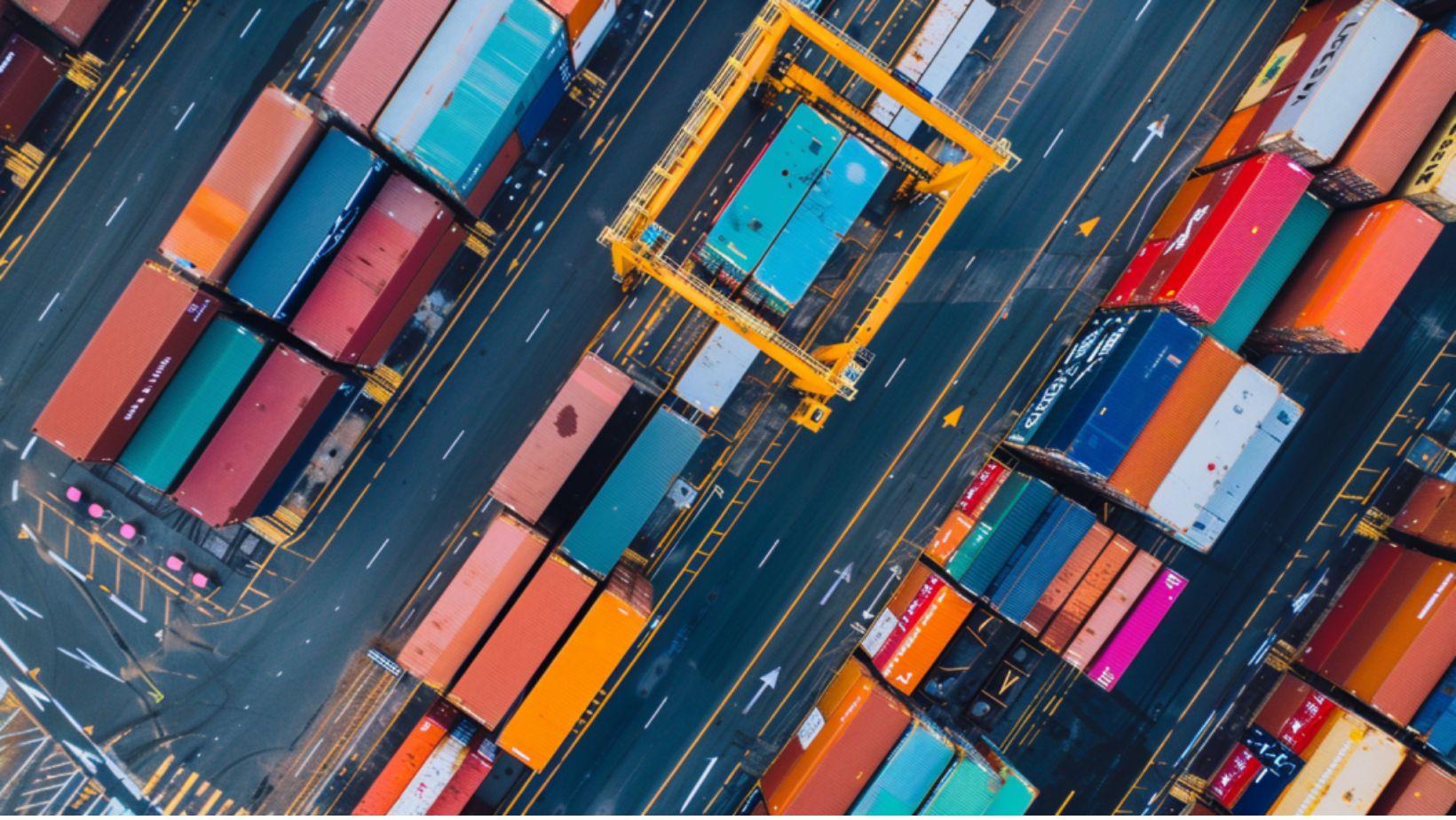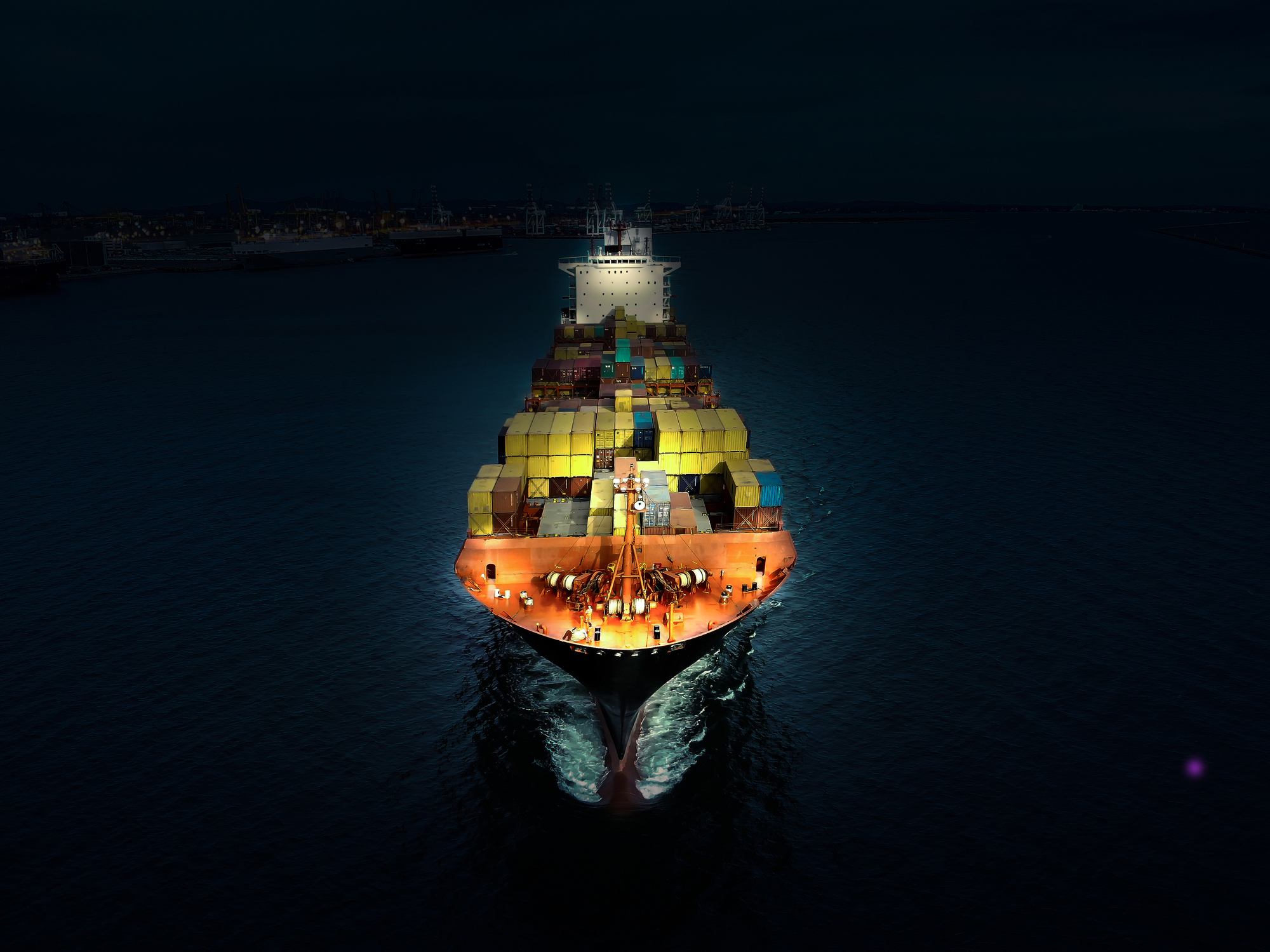“We’re feeling the sting of the bullwhip,” says Alan Amling, of the Global Supply Chain Institute at the University of Tennessee. However, it’s about to get worse, especially for those in need of warehouse space.
At the height of the pandemic, retailers were ordering twice of what they needed to get a third of what they wanted. They never knew how much of their orders were going to come in. This caused a shift in stocking strategy as retailers began ordering more than they needed way ahead of the big shopping events. This turn toward keeping more stock on hand has driven a rise in demand for space to keep all of this extra stock. Stock that may not be moving as fast as predicted. With the GDP down two quarters in row, that’s technically a recession, although the job market, another indicator of the economy’s health, is plentiful, consumer spending is taking a downward turn as fears of a recession loom and interest rates are soaring.
The storage problem is a multifaceted issue. It’s not just the volume in goods that’s complicating matters. It’s moving the goods. There are equipment shortages, like a lack of chassis. The chassis that are in rotation are oftentimes already under backlogged boxes in ports. There are staffing shortages for rail service. Failing infrastructure. Port congestion, Covid lockdowns, war, goods unable to be moved across inland waterways because of low water levels, and other supply chain snarls.
Although, regardless of the reasons, there is too much cargo sitting in California ports, from LA and Long Beach to San Francisco and Northern California, and too many shippers with no other options than to use the ports as temporary storage, even with the threat of dwell fees.
The ports are encouraging the transport of rail cars to nearby dockyards to use those as temporary storage until they can be transferred to the railroads. JOC Analyst Larry Gross says that while rail bears some of the responsibility for this, ocean carriers must own their part of it as well. “Because carriers since last summer have whipsawed trans-Pacific supply chains, first by encouraging retailers to make IPI — inland point intermodal — bookings, which sent intermodal volumes soaring, and then by discouraging IPI bookings in order to stop containers at the ports so they could be turned quickly and returned to Asia.”
The AB5 (California’s so-called “gig law”) protests at the Port of Oakland, the ninth busiest port in the world, brought operations to a halt briefly, which only intensified the backlog of containers and goods.
The area known as the Inland Empire, an area of 1.6 billion square feet of storage and is visible from space, is operating with a .6% vacancy rate. Stockyards, spare lots, any available space is prime for being leased for the surplus. New business models are being born to meet the demand, such as short-term leasing on properties like old malls, vacant storefronts, or even brokering current warehouse space on a short-term model, whereas before, it was all long-term contracts.
The key to navigating the labyrinth that has become the supply chain is preparedness and a trusted partner with resources to meet the needs of the current landscape. RS Express has warehousing solutions not just in California, but across the country. Reach out and let us craft a custom strategy for you today.







Follow Us